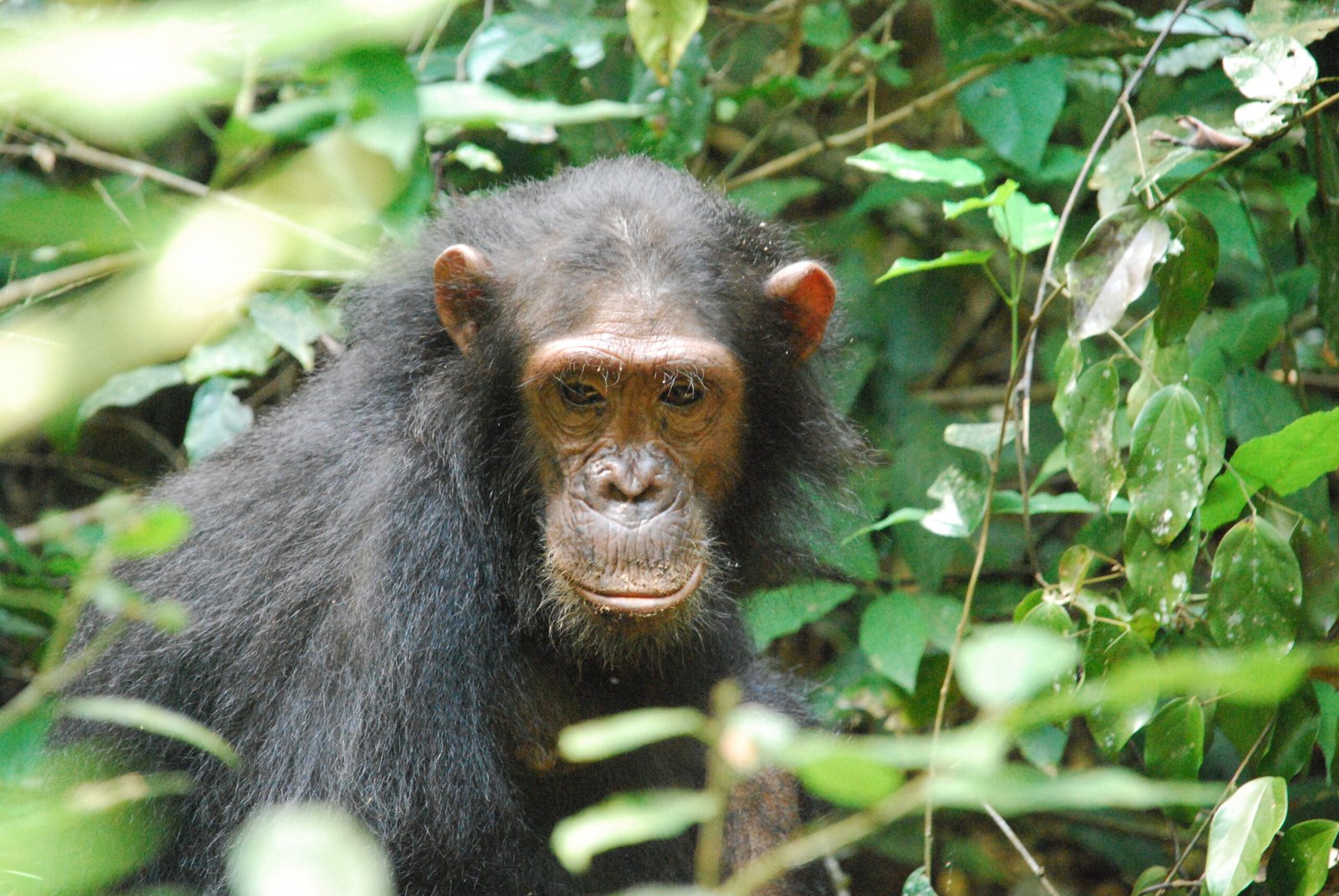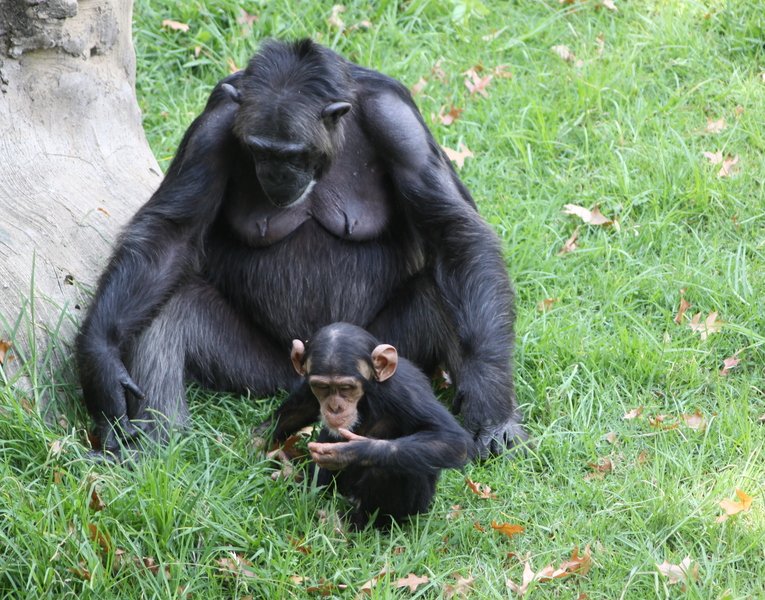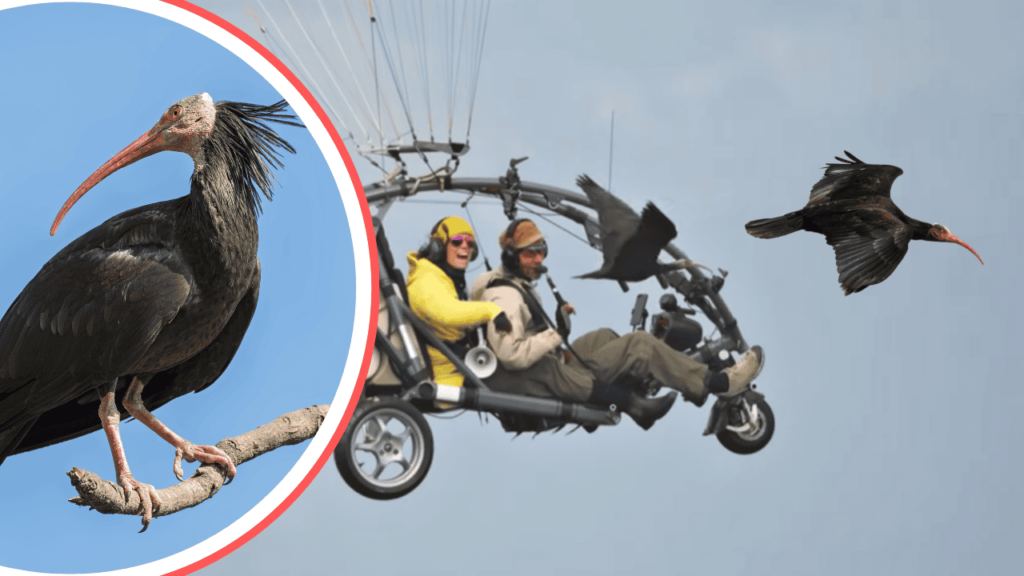Imagine a forest where order suddenly shatters—dominant chimpanzees dethroned, alliances crumbling, and chaos spreading like wildfire. In the heart of these upheavals, something truly shocking emerges: cannibalism. Far from the peaceful, playful image many hold of our closest animal relatives, chimpanzees reveal a raw, unsettling side when their social worlds collapse. Why do these intelligent creatures turn on their own kind, and what does it reveal about the nature of power, survival, and the thin line between order and anarchy in the wild? Dive into the astonishing world of cannibal chimpanzees, where science meets the unexpected and the rules of the jungle are rewritten right before our eyes.
The Fragile Balance of Chimpanzee Society

Chimpanzee societies are built on a complex web of relationships, rules, and hierarchies. Like a delicate mobile, every member plays a part in keeping the balance. Dominant males, often called alpha males, maintain order through displays of strength, forming alliances, and sometimes even through acts of kindness. But beneath this surface lies a constant tension as younger or lower-ranking males plot for their own rise to power. If the alpha’s grip weakens, the entire group can spiral into chaos. This intricate balance isn’t just about maintaining peace; it’s about survival, access to resources, and the future of the group’s offspring.
Dominance: The Backbone of Chimpanzee Order
Dominance in chimpanzee groups isn’t just about brute force—it’s a delicate dance of intimidation, social maneuvering, and, at times, surprising tenderness. Alpha males use loud vocalizations, bold displays, and coalition-building to maintain their position at the top. Subordinate males and even females play their own subtle games of loyalty and betrayal, constantly shifting the social landscape. When the hierarchy is strong, disputes are quickly settled and the group functions smoothly. But when the system falters, the consequences can be swift and brutal, revealing the darker side of chimpanzee nature.
When Hierarchies Collapse: The Trigger for Chaos
The collapse of a chimpanzee hierarchy often starts with the aging or sudden death of a leader, or when an ambitious challenger disrupts the established order. Without a clear leader, alliances fracture and old grudges resurface. Chimpanzees who once cooperated turn on each other, testing loyalties and fighting for dominance. In these moments of uncertainty, the group’s social fabric unravels, and acts once considered unthinkable—like cannibalism—can erupt. The breakdown of order exposes the raw, primal instincts that linger beneath the surface of every chimpanzee community.
The Shocking Reality of Chimpanzee Cannibalism
Cannibalism among chimpanzees is rare, but when it happens, it sends shockwaves through both the scientific community and the public imagination. Most often, it occurs after infanticide, when a young chimpanzee is killed by another member of the group. The killer, sometimes joined by others, may eat the victim. Witnessing such scenes, researchers report a mixture of horror and fascination—how could such gentle-seeming creatures resort to this? Yet, in the chaos of a collapsed hierarchy, boundaries blur and desperation can override even the closest family bonds.
Infanticide and Its Dark Aftermath
Infanticide is a brutal but not uncommon part of chimpanzee society, especially during times of upheaval. When a new male seizes power, he may kill infants fathered by his predecessor, eliminating his rivals’ genes and encouraging the mothers to become fertile again. Sometimes, after these killings, cannibalism occurs. The act is both a display of dominance and a way to remove all traces of the former leader’s legacy. These shocking behaviors aren’t random violence—they’re deeply tied to the strategies of survival and reproduction that drive chimpanzee society.
Female Chimpanzees: Victims, Survivors, and Sometimes Aggressors

While male chimpanzees are often the focus in stories of hierarchy and violence, females play a crucial role in these dramas. Mothers fiercely defend their infants, sometimes forming protective alliances with other females. However, even among females, rivalries can turn deadly, especially when food is scarce or social bonds break down. In exceptionally rare cases, females may participate in cannibalistic acts, driven by the same survival instincts that govern the group. The roles of females in these grim events highlight the complexity and unpredictability of chimpanzee relationships.
Resource Scarcity: Fuel for the Fire
A sudden shortage of food or water can push even the most orderly chimpanzee group to the brink. When resources dwindle, competition intensifies, and the usual rules of cooperation may fall away. In these desperate times, weaker members—especially infants or injured individuals—become vulnerable targets. Cannibalism, while shocking, can provide a quick source of protein and a survival advantage, albeit at a devastating social cost. These moments remind us that nature does not always play by rules of fairness or morality, but by the sheer necessity of survival.
The Role of Observation: What Researchers Have Seen
Scientists who study chimpanzees in the wild have witnessed these dramatic collapses of order firsthand. Jane Goodall, one of the most famous primatologists, was among the first to document acts of infanticide and cannibalism in the Gombe Stream National Park. Her initial shock gave way to a deeper understanding: these behaviors, as disturbing as they are, offer vital clues about the pressures shaping chimpanzee evolution. By carefully observing these events, researchers piece together the hidden rules and dire consequences that govern chimpanzee society.
Comparisons with Human Behavior
It’s impossible not to draw parallels between chimpanzee social breakdowns and moments of human unrest. When hierarchies collapse—whether in animal societies or in human history—chaos and violence often follow. The behaviors that emerge in these moments may seem alien, but they are rooted in the same evolutionary drives for power, survival, and continuity. Studying chimpanzees offers a haunting mirror, reflecting the tensions and instincts that still shape our own societies, even as we strive for order and compassion.
Can Order Be Restored? The Path Back from the Brink
After a period of chaos, chimpanzee groups sometimes manage to rebuild their hierarchies and restore a sense of normalcy. A new leader may emerge, forging alliances and reestablishing order. The wounds—both physical and emotional—take time to heal, but the group’s resilience is remarkable. Through grooming, play, and cooperation, bonds are slowly repaired. Yet, the scars of cannibalism and violence linger, a stark reminder of the thin line between order and chaos in the animal kingdom.
What Cannibal Chimpanzees Teach Us About Survival
The shocking phenomenon of cannibal chimpanzees forces us to confront uncomfortable truths about nature, power, and the instincts that govern all living beings. These acts are not just senseless brutality—they are responses to extraordinary circumstances, shaped by millions of years of evolution. By studying these moments of collapse, we gain insight into the resilience and vulnerability of social animals, including ourselves. How far would any species go to survive when everything falls apart?




